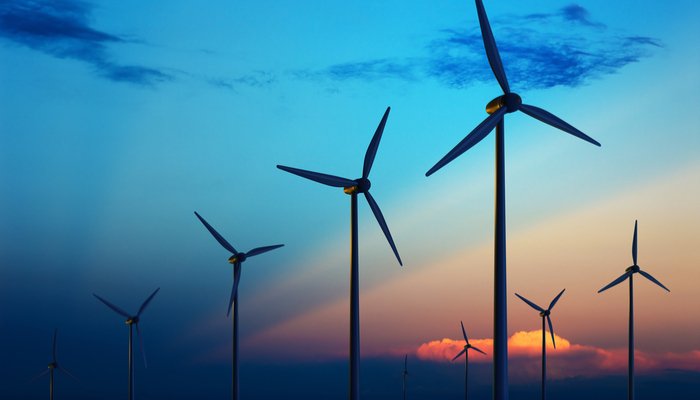
ING: 13 Billion dollars needed Worldwide for the majority of Renewable Energy. Up to 2050, some 13 trillion dollars in investment is required to increase the share of wind and solar energy in global power consumption from 8 percent to 64 percent.
Economists from the ING Economic Bureau have calculated this in an analysis published on Wednesday.
If this succeeds, the total CO2 emissions will fall by nearly two thirds until 2050 compared to 2019.
The study measures how much electricity is required if renewable energy sources increasingly replace fossil fuels.
“Two-thirds of the global electricity mix now relies on fossil fuels,” explains Gerben Hieminga, energy sector economist.
“In 2050, that may be reversed to a two-thirds share for electricity from solar and wind energy.
The electricity mix will, therefore, become less dependent on the global energy market with its strong fluctuations in oil, coal and gas prices.”
According to the ING Economic Bureau, the worldwide demand for electricity is rising from 27,000 terawatt-hours in 2019 to 57,000 terawatt hours in 2050.
For comparison: around 120 terawatt-hours of electricity are used in the Netherlands each year.
The emergence of electric driving
This growth is partly due to economic growth and growth of the world population,
but the energy transition itself will also drive the demand for electricity,
for example through the emergence of electric driving and the exchange of gas for power for heating buildings.
To meet a large part of that need with wind turbines and solar panels, the annual amount that is invested will also have to grow.
In 2018, 200 billion dollars was invested in wind turbines and solar panels.
Adjusted for inflation, according to ING that amount will rise to an average of 326 billion dollars per year between 2021 and 2035,
and then increase to 493 billion dollars per year between 2036 and 2050.
By 2040, just as much will be invested in renewable energy annually as it is today in oil and gas, ING thinks.
Electricity grid must be adjusted
The amount does not yet include the necessary costs for improving the electricity grid,
an essential condition for more wind and solar energy to fit into the electricity grid.
“This will only be achieved if the government takes steps”, says Hieminga.
Furthermore, electricity prices will become more and more volatile with a larger share of wind and sun.
Hieminga expects that the electricity price will ultimately also be lower.
It also makes it more tough for electricity producers to earn money from the electricity produced.
